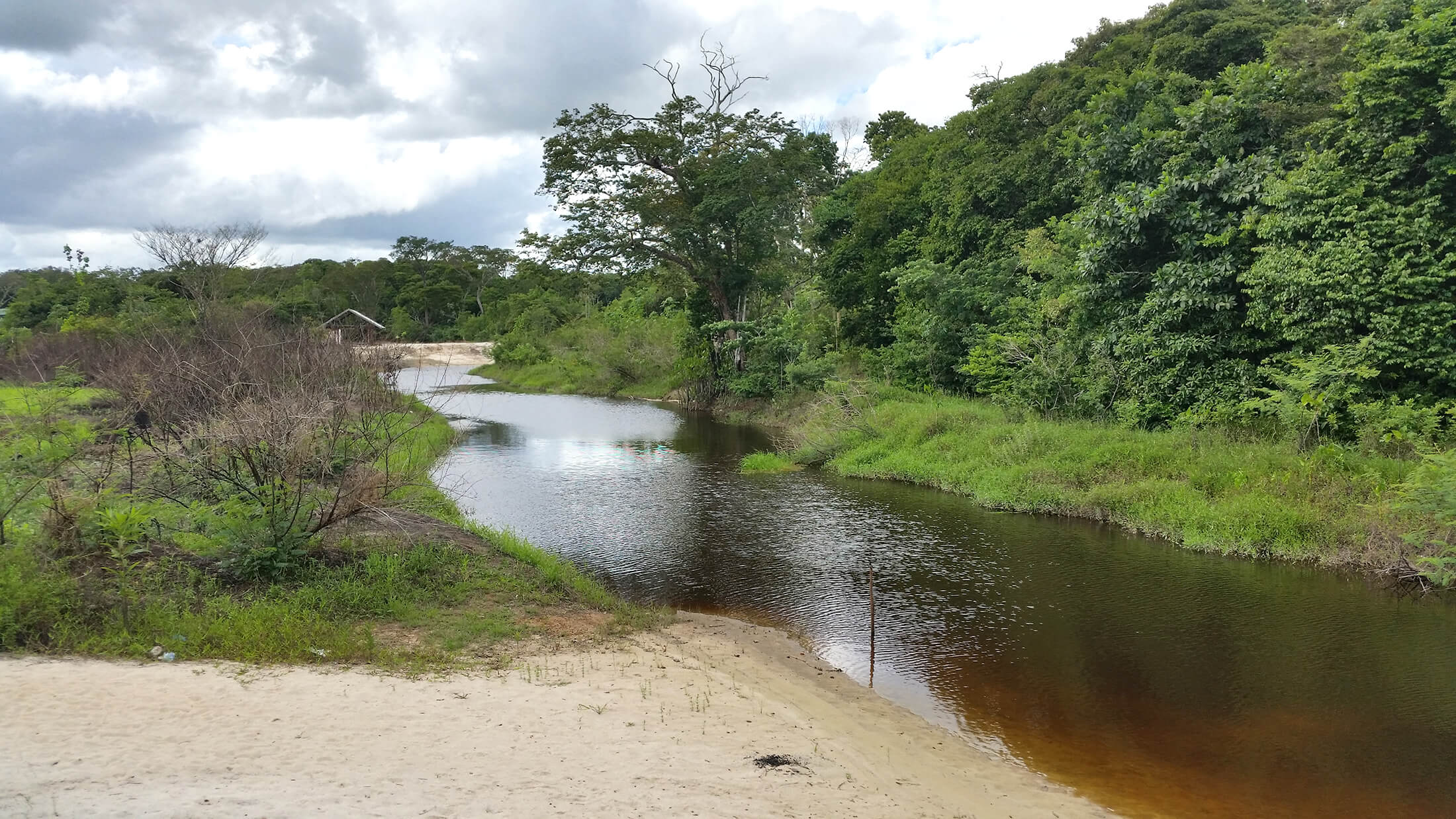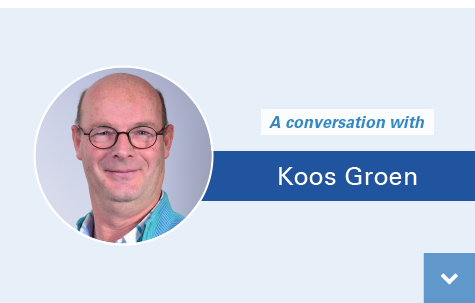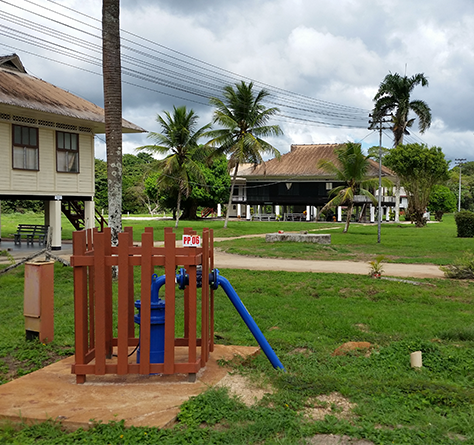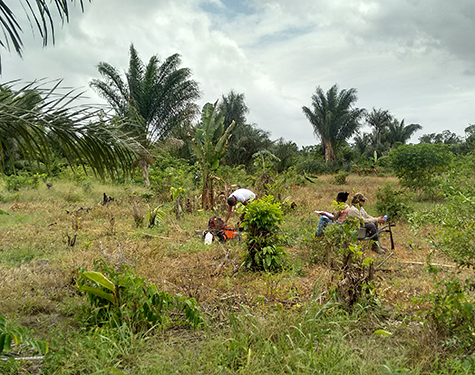
CHARTING THE FRESH GROUNDWATER OF THE COASTAL PLAIN OF SURINAMEAligning the operational plan to the client’s resources
Suriname is a country about four times the size of the Netherlands, rich in rain and sparsely populated with only 550,000 inhabitants. ‘You would not expect water to be scarce here,’ said Koos Groen of Acacia. ‘Nevertheless, scarcity was imminent, particularly in and around Paramaribo with a population of about 350,000. A few years ago, the question arose as to whether the water supply could be guaranteed after 2025. An initial exploratory study was carried out in 2010. Five years later, the consortium, consisting of Acacia and two other parties, launched a more extensive study commissioned by the Surinaamse Waterleiding Maatschappij (Suriname Water Supply Company, | |
(Deep) groundwater extraction from the coastal plain aquifersAround 1930, Suriname started to develop a drinking water supply system. ‘This system relied on groundwater,’ Groen explained. ‘The surface water in the surroundings of Paramaribo, for example, is unreliable; particularly outside the rainy season, rivers are brackish for dozens of miles into the country. That is why groundwater is traditionally extracted from coastal plain aquifers, underground layers of sand bearing fresh water at a depth of between 80 and 180 metres. This is “old water”, so to speak. It is not replenished and once it runs out, there is nothing left. The question at the time was whether the aquifers were already nearing depletion. Water is pumped up near Paramaribo in such large quantities that it has resulted in local overexploitation. Salt water is starting to intrude and the water that is pumped up contains gradually increasing concentrations of salt, while future water demands are expected to rise.’ |
|
Population growth is a direct determinant of future water demandsThe project comprised a large number of activities, according to Groen: ‘In outlines, the main elements consisted of charting the freshwater aquifers in the coastal plain and estimating current and future water needs. Together with our local partners, we surveyed a large number of authorities and companies about their water demand expectations.’ The conclusion drawn from this stakeholder analysis was that population growth – taking migration to the city into account – is a direct determinant of future water demands. For a city like Paramaribo, this means that the water demand will double by 2040. This water need was subsequently graphed on a map for each district.
Innovative method to list freshwater aquifersCharting and listing freshwater aquifers required an innovative approach, according to Groen. ‘The challenge was that in fact, there were no data available for the period after the mid-1970s. A lot of drinking water exploration research was done in the period between 1950 and 1970, but none after that. Large parts of the coastal plain were virtually uncharted territory. We then decided to use oil drilling data of Staatsolie, Suriname’s state oil company, as they were available. We collected large numbers of oil drilling data and started to analyse them systemically. This proved a lucky idea. The oil drilling data were interpreted and graphed on a map that reveals the location of fresh groundwater aquifers in close collaboration with the Anton de Kom University of Suriname. They prepared this interpretation based on a model that we developed. Although this cooperation was an explicit part of our assignment in this case, we always try to forge alliances in all of our projects as we like to interact closely with research institutes and universities. This research-mindedness and eagerness to develop and share knowledge is typical of Acacia.’ | |
| Sufficient water for Paramaribo until 2040Another part of Acacia’s DNA is their ability to empathize with clients and to anticipate and address their needs. ‘We found evidence of large freshwater aquifers at a distance of approximately fifty kilometres from Paramaribo. However, extracting that water would require some hefty investments. This prospect was unattractive to SWM, especially in these days. So in preparing the operational plans, we focused on a different strategy, looking for a solution that was closer to Paramaribo. Just south of the city, we found five new extraction sites. Even though the existing sites are slowly salinizing, we can continue to use the pumping stations by mixing the water with the fresh water from the new pumping stations. This will ensure that Paramaribo and its immediate surroundings will have access to sufficient water until 2040.’ |
Taking the client’s resources into account to find a matching solution‘We always look for solutions that work for the client, and always take the interests of other stakeholders into account as well. This approach is reflected in all of our projects, be it in Suriname or in Uganda. It does not take a lot to chart something on a map or to draw up a plan. It takes a lot more effort and creativity to prepare a plan that is feasible and in line with the resources available to the client. This approach is part of our DNA as well.’
Want to know more about this project? | |
Van Hogendorpplein 4 |
|---|
Location
Service
Newsletter
Search
IWRM & Catchment management | Strategical assessments | Urban planning | Innovative techniques | System specific approach




